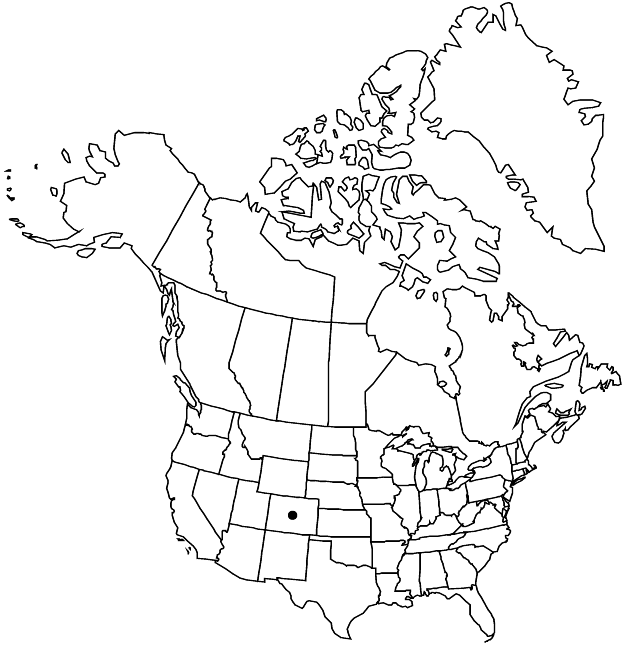Stellaria irrigua
Mém. Acad. Imp. Sci. St.-Pétersbourg Divers Savans 2: 548. 1835.
Plants perennial, forming mats or low cushions, with elongate rhizomes. Stems ascending to spreading, striate, branched, 4-sided, 2–10 cm, glabrous, internodes usually shorter than leaves. Leaves sessile; blade with prominent midrib, elliptic or lanceolate to oblanceolate, 0.1–1 cm × 0.5–4 mm, fleshy, base cuneate to spatulate, margins transparent, entire, narrow, apex acute, glabrous, rarely with few cilia near base, with sessile, often purple glands impressed on abaxial surface; proximal leaves marcescent. Inflorescences with flowers solitary in distal leaf axils, often ± concealed among leaves; bracts, when present, paired near base of pedicel, with midrib, ovate-lanceolate, ca. 1 mm, scarious. Pedicels erect, becoming curved and deflexed distally, 3–15 mm, glabrous. Flowers ca. 6 mm diam.; sepals 5, purple tinged, outer prominently 3-veined, carinate, inner with midrib only, lanceolate, 3–4 mm, margins narrow, membranous, apex acute, glabrous; petals 5, ca. 2 mm, shorter than sepals, blade apex deeply 2-fid, lobes narrowly elliptic; stamens 5, inserted in prominent nectary disc; styles 3, outwardly ascending, curved, 0.75 mm. Capsules green, becoming straw colored, ovoid-obtuse, ca. 3 mm, ± equaling and enclosed in sepals, opening with 6 teeth. Seeds pale brown, reniform, 1–1.2 mm diam., not glossy, sides smooth to shallowly rugose, margins thickened with shallow, parallel, longitudinal ridges.
Phenology: Flowering summer.
Habitat: Mountain rills and screes
Elevation: 2500-4000 m
Distribution

Colo., Asia (Siberia: Altai Mountains).
Discussion
Stellaria irrigua has a remarkable and perhaps uniquely disjunct distribution. It is known to occur only in Colorado and the Altai Mountains of Siberia. This raises the possibility that the two populations may not be conspecific, which requires further study.